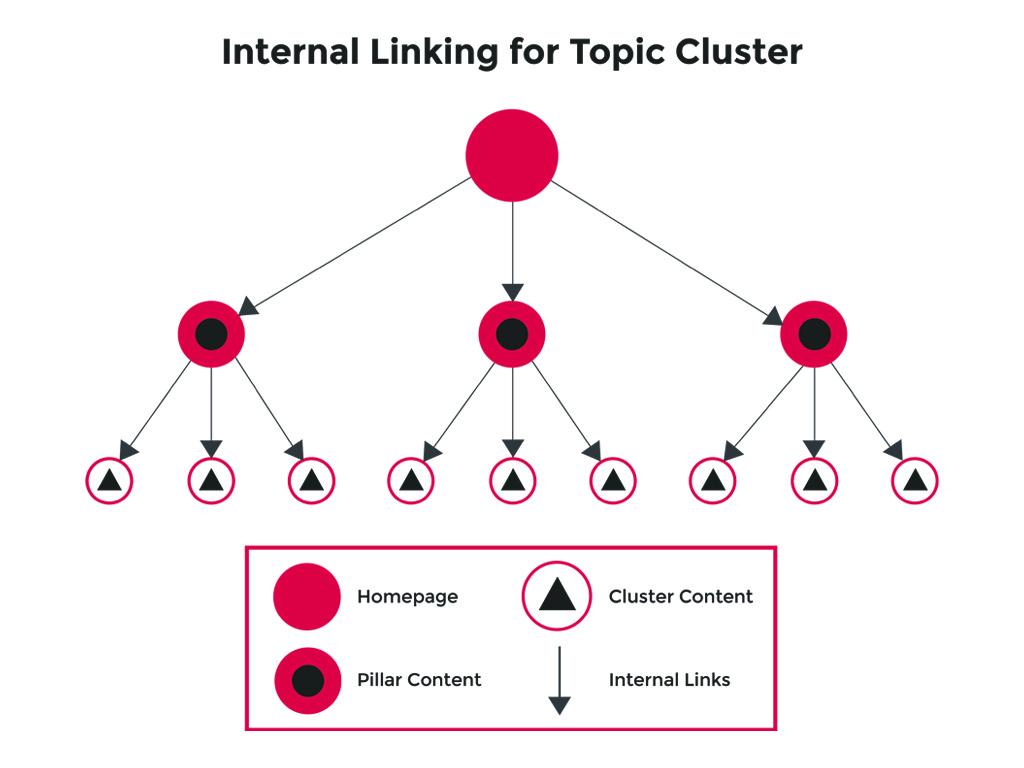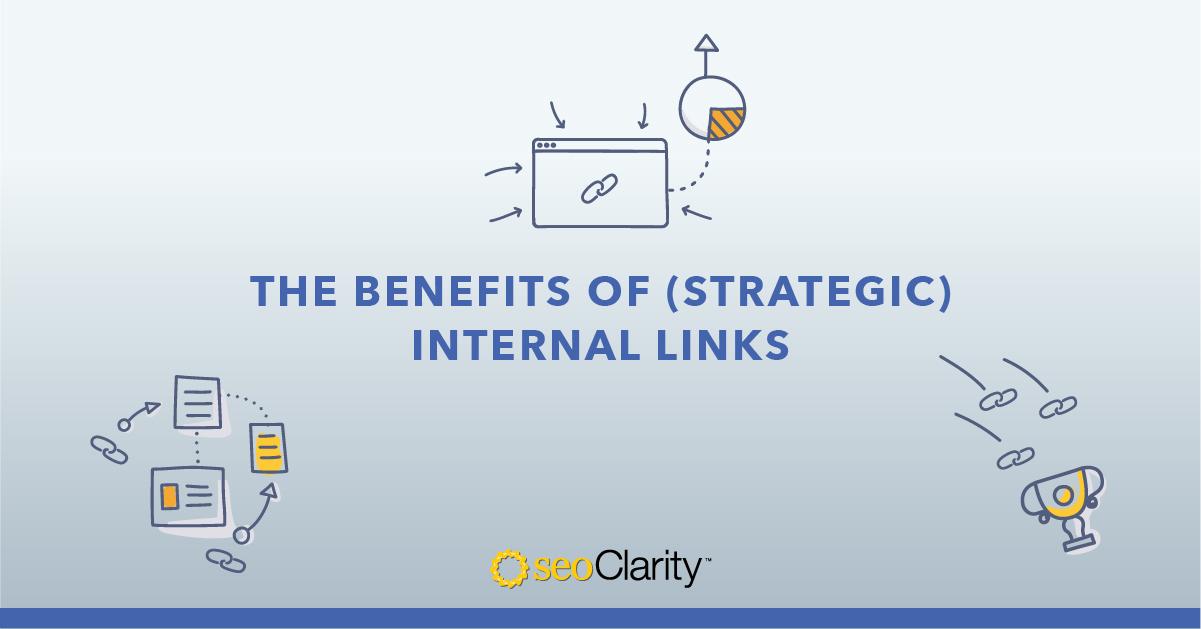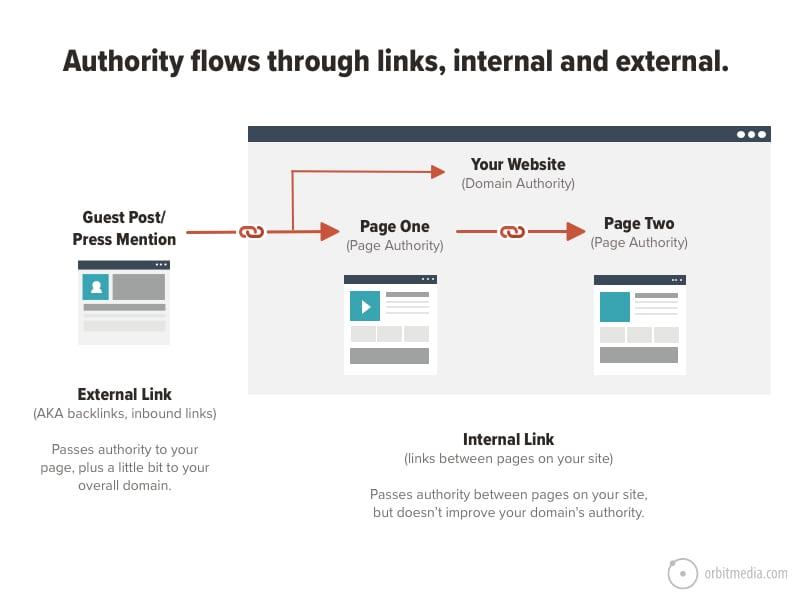Boost Your Conversions: The Power of Internal Linking
In the vast digital landscape, where each click can lead to new opportunities or lost interest, the art of persuasion takes many forms. Among the myriad strategies available to online marketers, one often overlooked yet profoundly effective technique is internal linking. This simple yet powerful tool not only enhances user navigation but also serves as a catalyst for conversions. Picture your website as a bustling city; internal links are the interconnected roads guiding visitors from one destination to another, revealing the treasures hidden within your content. In this article, we will explore how harnessing the power of internal linking can elevate your conversion rates, transforming casual browsers into engaged customers and driving your online success to new heights. Join us as we navigate the intricate pathways of internal linking and unlock the potential that lies within your website’s architecture.
Understanding the Role of Internal Linking in SEO and User Experience
Internal linking serves as the backbone of a well-structured website, guiding both search engines and users through your content seamlessly. By creating a web of connections between your pages, you can enhance crawlability, ensuring that search engine bots easily navigate your site to index your content effectively. This practice not only contributes to better visibility in search results but also fosters a cohesive user experience. When users encounter relevant links within your content, they are more likely to explore additional topics of interest, thus increasing dwell time and reducing bounce rates.
Furthermore, effective internal linking helps in distributing link equity, allowing pages with less authority to gain visibility through associations with more established pages. This hierarchical approach to linking ensures that your most valuable content receives the attention it deserves. To implement an efficient internal linking strategy, consider the following key practices:
- Utilize keyword-rich anchor text to provide context.
- Link to related content to encourage further exploration.
- Ensure a balanced distribution of links across your site.
- Regularly audit and update links to keep them relevant.
To illustrate the impact of internal linking, here’s a quick overview of its benefits:
| Benefit | Description |
|---|---|
| Improved Navigation | Users can easily navigate through relevant pages, enhancing their experience. |
| Better SEO Performance | Search engines can index your site more efficiently, boosting rankings. |
| Increased Engagement | Encouraging users to explore more content leads to lower bounce rates. |

Crafting a Strategic Internal Linking Structure for Maximum Impact
Creating a robust internal linking structure is crucial to enhancing user experience and boosting your website’s SEO performance. When establishing links, focus on contextual relevance, ensuring that the links you create guide users to related content seamlessly. This not only helps visitors discover more of your valuable resources but also strengthens the overall structure of your site. Here are some best practices to consider:
- Use descriptive anchor text: Make the link’s purpose clear to improve user understanding and SEO.
- Prioritize important pages: Direct more internal links to your key conversion pages to boost their visibility.
- Maintain a natural flow: Avoid overloading your content with links; ensure it feels organic.
To maximize the impact of your internal linking strategy, consider implementing a tiered linking approach. This means categorizing your content into primary, secondary, and supportive articles, with greater link emphasis on your cornerstone content. Visualize this framework using a simple table:
| Link Type | Purpose | Examples |
|---|---|---|
| Primary Links | Direct visitors to high-value content | Blog posts, service pages |
| Secondary Links | Guide users to related resources | Guides, whitepapers |
| Supportive Links | Enhance user engagement | Related articles, FAQs |
By thoughtfully structuring your internal links this way, you can lead your audience on a curated journey through your content, significantly increasing the chances of conversion while improving overall site performance.

Techniques for Creating Compelling Anchor Text that Converts
Creating anchor text that captivates your audience is crucial for improving internal linking and ultimately boosting conversions. Descriptive and relevant anchor text helps users understand what to expect when they click a link, fostering a smoother navigation experience. To achieve this, consider the following strategies:
- Be Specific: Use clear and concise phrases that accurately depict the content of the linked page.
- Incorporate Keywords: Leverage keywords naturally within your anchor text to enhance SEO performance without compromising readability.
- Create Curiosity: Employ intriguing wording that encourages users to click through, such as “Discover the secrets of…” or “Learn how to…”.
Additionally, thoughtful placement of anchor text plays a significant role in driving engagement. Position it within contextual content, ensuring it flows seamlessly with the surrounding text to maintain a natural reading experience. The following table illustrates some effective anchor text examples alongside their potential impact on user interaction:
| Anchor Text | Expected Outcome |
|---|---|
| Read our success stories | Increased interest in case studies |
| Explore advanced strategies | Higher engagement on in-depth content |
| Join our newsletter | Boost in email sign-ups |

Analyzing Metrics: Measuring the Success of Your Internal Linking Strategy
To effectively evaluate your internal linking strategy, it’s crucial to track specific metrics that shed light on user behavior and engagement. Successful internal linking not only enhances navigation but also promotes deeper content discovery, which can lead to improved conversion rates. Consider measuring the following key performance indicators:
- Click-Through Rate (CTR): Analyze the percentage of users who click on internal links. A high CTR signifies that your links are relevant and compelling to your audience.
- Average Session Duration: Longer session durations typically indicate that users are engaging with your content through internal links, suggesting that your linking strategy is fostering interest.
- Bounce Rate: A lower bounce rate can imply that internal links encourage users to explore additional pages, thereby providing insights into user intent and satisfaction.
- Pages per Session: This metric reveals how many pages visitors are accessing during their visit, highlighting the effectiveness of your internal linking in guiding users through your site.
Incorporating these metrics into your analytics dashboard can significantly enhance your understanding of user behaviors and preferences. By visually representing this data, it becomes easier to spot trends and make informed adjustments to your tactic. Below is a simple model of how you might organize your findings:
| Metric | Current Value | Target Value |
|---|---|---|
| Click-Through Rate (CTR) | 5% | 7% |
| Average Session Duration | 3:30 mins | 4:00 mins |
| Bounce Rate | 55% | 45% |
| Pages per Session | 2.5 | 3.0 |
In Summary
In a digital landscape where every click counts and every visitor has the potential to become a valued customer, the art of internal linking serves as a subtle yet powerful strategy that can significantly enhance your website’s performance. By weaving a thoughtful web of connections throughout your content, you’re not only guiding your audience on a journey of discovery but also laying the groundwork for increased engagement and higher conversion rates.
As you implement these insights, remember that internal linking is more than just a technical practice—it’s about creating a seamless experience for your visitors. Each link is an opportunity to deepen their understanding, foster brand loyalty, and encourage them to take the next step in their journey.
So equip yourself with the knowledge to master this essential tool, and watch as your conversion rates soar. Embrace the power of internal linking, and transform your content into a strategic asset that not only attracts readers but also turns them into loyal advocates for your brand. Your path to improved conversions begins within—are you ready to take the plunge?
